
In music, a cadenza is, generically, an improvised or written-out ornamental passage played or sung by a soloist or soloists, usually in a "free" rhythmic style, and often allowing virtuosic display. During this time the accompaniment will rest, or sustain a note or chord. Thus an improvised cadenza is indicated in written notation by a fermata in all parts. A cadenza will usually occur over the final or penultimate note in a piece, the lead-in or over the final or penultimate note in an important subsection of a piece. It can also be found before a final coda or ritornello.

The Violin Concerto in D major, Op. 61, was written by Ludwig van Beethoven in 1806. Its first performance by Franz Clement was unsuccessful and for some decades the work languished in obscurity, until revived in 1844 by the then 12-year-old violinist Joseph Joachim with the orchestra of the London Philharmonic Society conducted by Felix Mendelssohn. Joachim would later claim it to be the "greatest" German violin concerto. Since then it has become one of the best-known and regularly performed violin concertos.

The Brandenburg Concertos by Johann Sebastian Bach, are a collection of six instrumental works presented by Bach to Christian Ludwig, Margrave of Brandenburg-Schwedt, in 1721. The original French title is Six Concerts à plusieurs instruments, meaning "Six Concertos for several instruments". Some of them feature several solo instruments in combination. They are widely regarded as some of the best orchestral compositions of the Baroque era.
The Violin Concerto by Arnold Schoenberg dates from Schoenberg's time in the United States, where he had moved in 1933 to escape Nazi Germany. The piece was written in 1936, the same year as the String Quartet No. 4. At the time of its completion, Schoenberg was living in Brentwood, Los Angeles, and had just accepted a teaching position at the University of California, Los Angeles. The work is dedicated to Anton Webern.

Capriccio espagnol, Op. 34, is the common Western title for a five movement orchestral suite, based on Spanish folk melodies, composed by the Russian composer Nikolai Rimsky-Korsakov in 1887. It received its premiere on 31 October 1887, in St. Petersburg, performed by the Imperial Orchestra conducted by the composer. Rimsky-Korsakov originally intended to write the work for a solo violin with orchestra, but later decided that a purely orchestral work would do better justice to the lively melodies. The Russian title is Каприччио на испанские темы.

Sergei Rachmaninoff's Piano Concerto No. 3 in D minor, Op. 30, was composed in the summer of 1909. The piece was premiered on November 28 of that year in New York City with the composer as soloist, accompanied by the New York Symphony Society under Walter Damrosch. The work has the reputation of being one of the most technically challenging piano concertos in the standard classical piano repertoire.

The Symphony No. 6 in B minor, Op. 74, also known as the Pathétique Symphony, is Pyotr Ilyich Tchaikovsky's final completed symphony, written between February and the end of August 1893. The composer entitled the work "The Passionate Symphony", employing a Russian word, Патетическая (Pateticheskaya), meaning "passionate" or "emotional", which was then translated into French as pathétique, meaning "solemn" or "emotive".
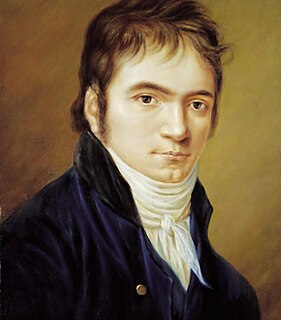
Ludwig van Beethoven's Piano Concerto No. 1 in C major, Op. 15, was written in 1795, then revised in 1800. It was possibly first performed by Beethoven at his first public concert in Vienna on 29 March 1795. It was first published in 1801 in Vienna with dedication to his pupil Princess Anna Louise Barbara Odescalchi, known to her friends as "Babette".
Violin Concerto No. 2 in D minor, Op. 22, by the Polish violin virtuoso, Henryk Wieniawski, may have been started in 1856, but the first performance did not take place until November 27, 1862, when he played it in St. Petersburg with Anton Rubinstein conducting. It was published in 1879, inscribed to his dear friend Pablo de Sarasate.

Russian Easter Festival Overture: Overture on Liturgical Themes, Op. 36, also known as the Great Russian Easter Overture, is a concert overture written by the Russian composer Nikolai Rimsky-Korsakov between August 1887 and April 1888. It was dedicated to the memories of Modest Mussorgsky and Alexander Borodin, two members of the group of composers known in English as "The Five". It is the last of what many call his three most exceptionally brilliant orchestral works, preceded by Capriccio Espagnol and Scheherazade. The work received its premiere at a Russian symphony concert in St. Petersburg on 15 December [O.S. 3 December] 1888.
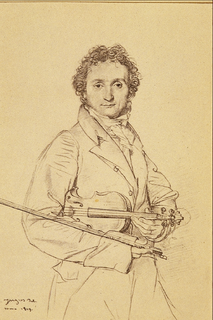
The Violin Concerto No. 1, Op. 6, was composed by Niccolò Paganini in Italy, between 1817 and 1818. It was premiered in Naples on 31 March 1819.
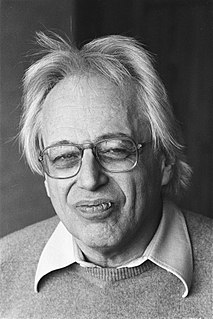
The Concerto for Violin and Orchestra by György Ligeti is a violin concerto written for and dedicated to the violinist Saschko Gawriloff. A performance of the work lasts about 28 minutes.

Antar is a composition for symphony orchestra in four movements by the Russian composer Nikolai Rimsky-Korsakov. He wrote the piece in 1868 but revised it in 1875 and 1891. He initially called the work his Symphony No. 2. He later reconsidered and called it a symphonic suite. It was first performed in March 1869 at a concert of the Russian Musical Society.
Benjamin Britten's Violin Concerto, Op. 15, was written from 1938 to 1939 and dedicated to Henry Boys, his former teacher at the Royal College of Music. It was premiered in New York on 29 March 1940 by the Spanish violinist Antonio Brosa with the New York Philharmonic conducted by John Barbirolli. A revised version of the concerto appeared in 1951, including alterations of the solo violin part prepared with the assistance of Manoug Parikian. It was performed by Bronislav Gimpel and the Royal Philharmonic Orchestra under Thomas Beecham.
The Concerto Fantasy for Two Timpanists and Orchestra is a double timpani concerto written by Philip Glass in 2000. It is paired with the Cello Concerto on Vol. I of Glass' Concerto Project, a set of eight concerti by the composer. A typical performance of the work lasts 25–28 minutes. It was written for Jonathan Haas and later recorded by Evelyn Glennie, and was premiered by Haas and Svet Stoyanov with the American Symphony Orchestra in Avery Fisher Hall, Lincoln Center, conducted by Leon Botstein. The work was commissioned jointly by the American Symphony Orchestra, the Peabody Symphony, the Milwaukee Symphony, the St. Louis Symphony and the Phoenix Symphony. In 2004, a transcription for wind ensemble was written by Mark Lortz, which debuted at Peabody Institute in 2005.
Benjamin Britten's Piano Concerto, Op. 13, is the composer's sole piano concerto.
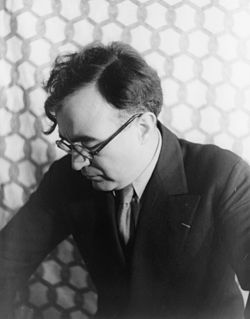
Concerto for Piano with Orchestra is a piano concerto by the Mexican composer Carlos Chávez, written between 1938 and 1940.
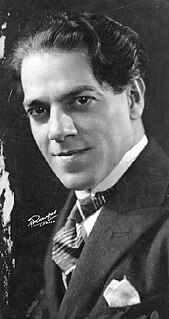
The Piano Concerto No. 4, W505, is a composition for piano and orchestra by the Brazilian composer Heitor Villa-Lobos, written in 1952. A performance lasts about 27 minutes.

The Piano Concerto No. 2, W487, is a piano concerto by the Brazilian composer Heitor Villa-Lobos, written in 1948. A performance lasts about 28 minutes.

The Guitar Concerto, W501, is a work for solo guitar and small orchestra written by the Brazilian composer Heitor Villa-Lobos in Rio de Janeiro in 1951. A performance lasts about 18 minutes.











